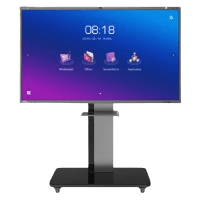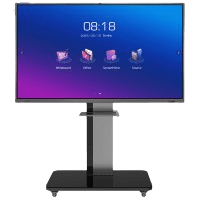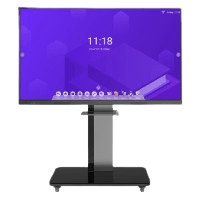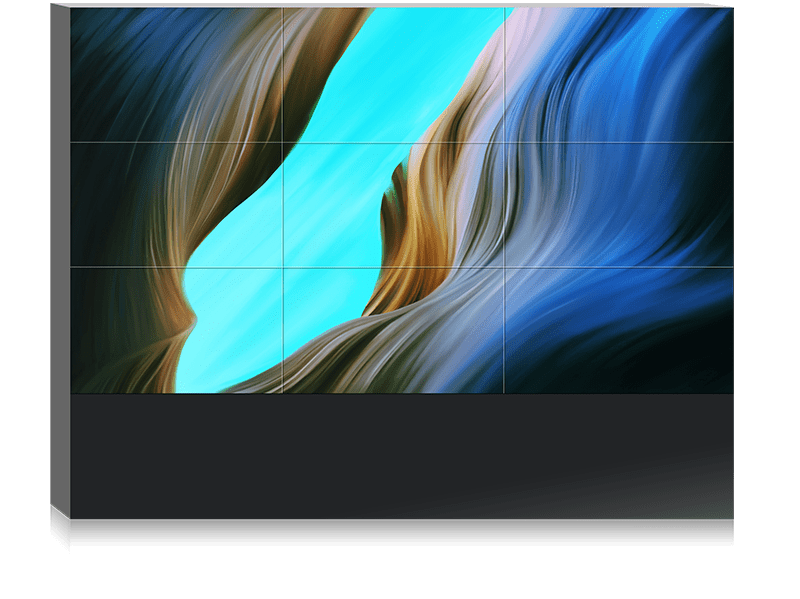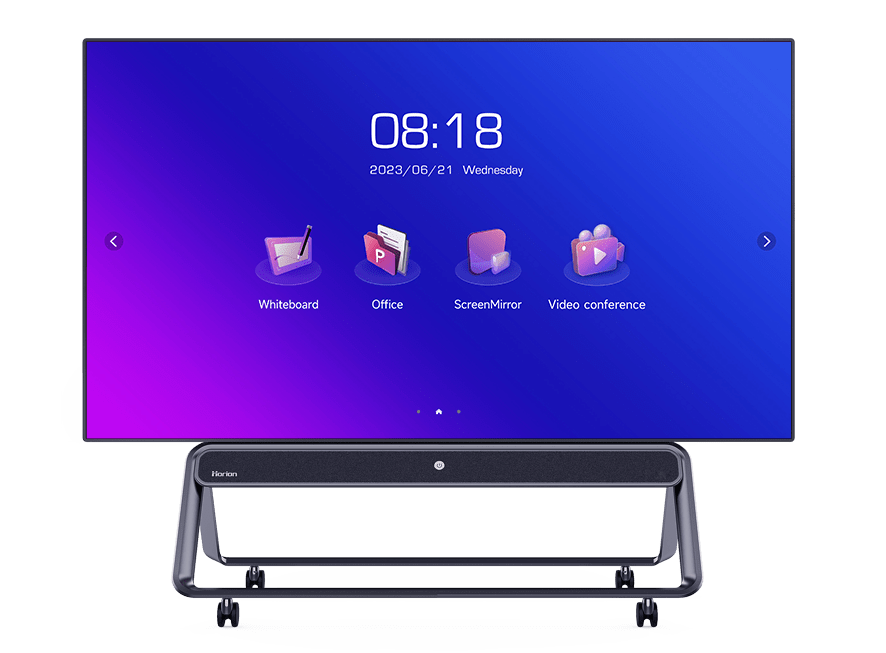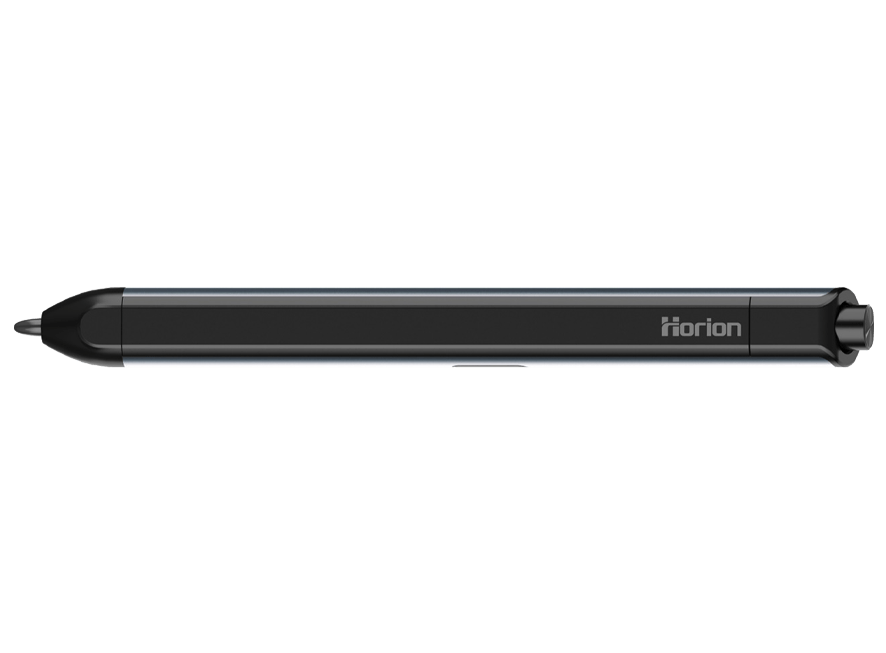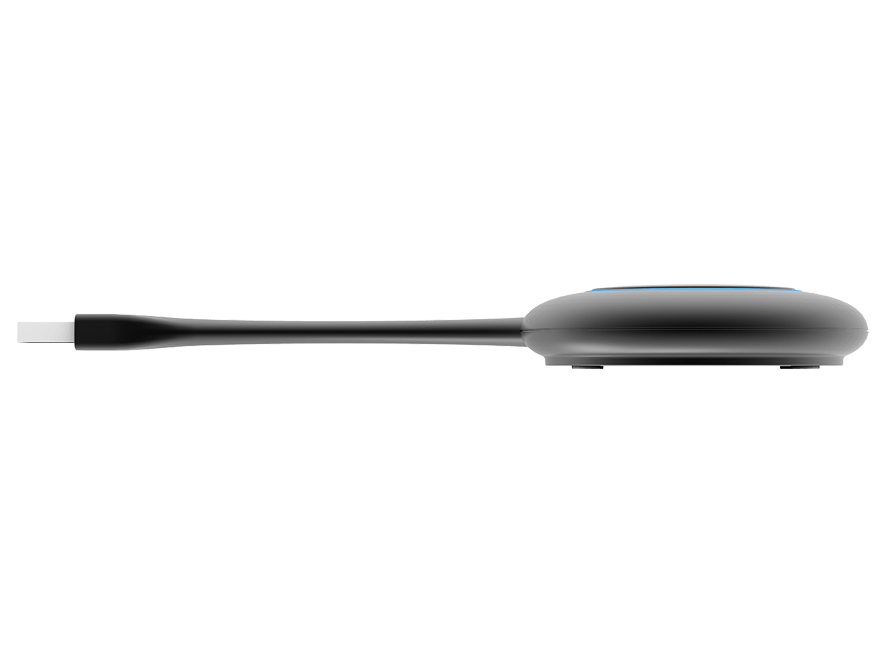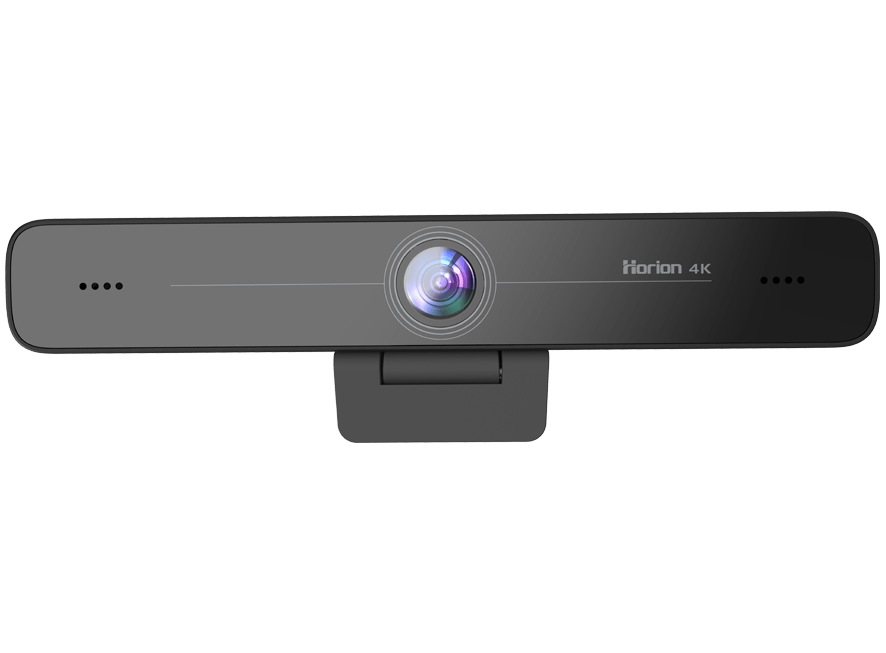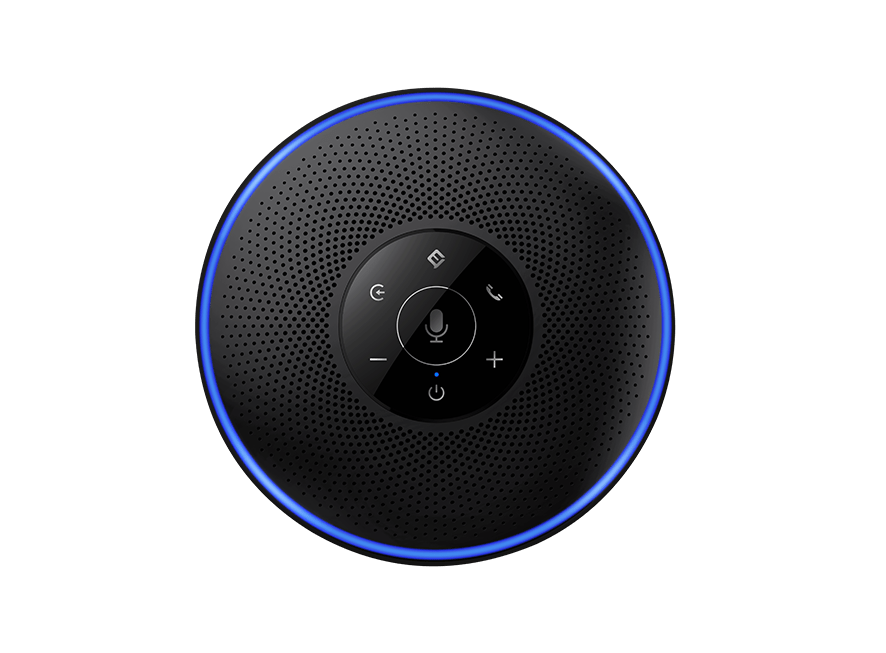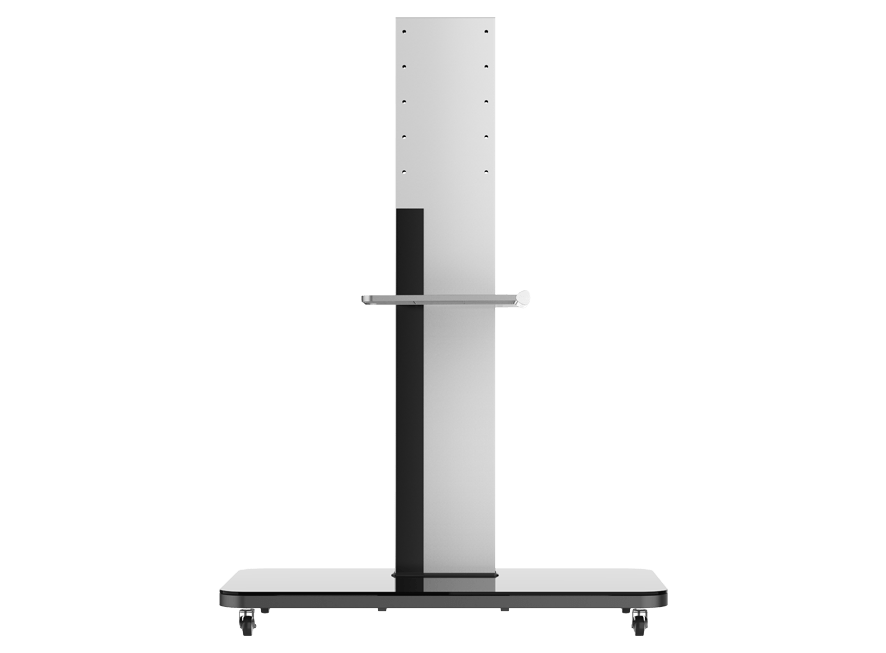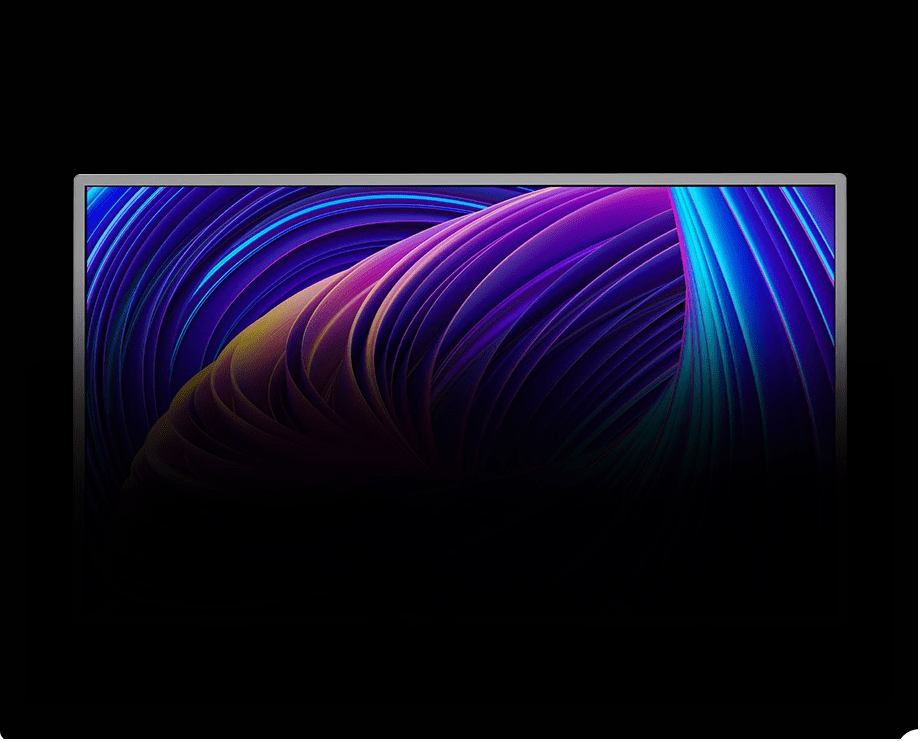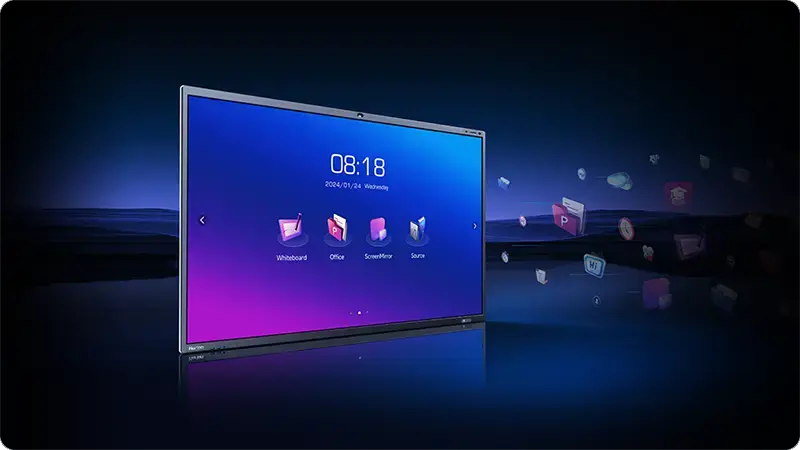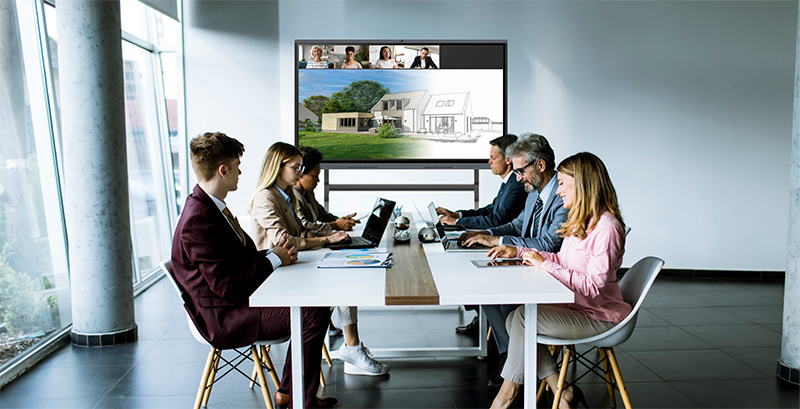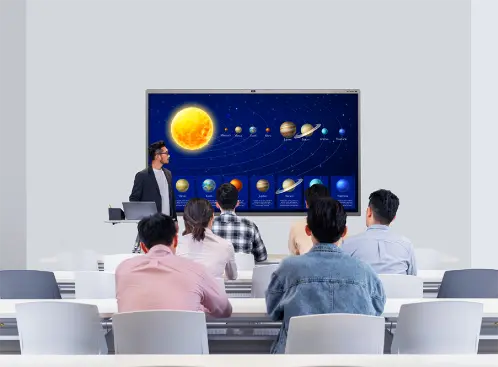
The education landscape in the UAE is evolving at a fast pace. As schools and universities invest in technology, the shift toward smarter, more interactive classrooms is becoming widespread.
Smart classroom solutions UAE institutions rely on are not just about gadgets—they are about building a student-centered learning environment that promotes collaboration, engagement, and success.
For decision-makers exploring modern classroom upgrades, choosing the right features is essential. Below, we explore seven must-have features that are setting the standard for smart classroom solutions UAE schools trust to stay ahead in digital education.
Interactive Displays and Touchscreens
One of the most important components of a smart classroom is an interactive whiteboard for education. These digital displays replace traditional boards and offer a dynamic platform for both teaching and learning.
They allow teachers to write, draw, and display multimedia content while allowing students to interact directly with the board.

Why It Matters
- Engages students visually and interactively
- Supports handwriting recognition and gesture control
- Enables annotation over digital textbooks and web pages
- Facilitates real-time content sharing
Many UAE institutions are using interactive whiteboards for education to create an immersive and responsive classroom environment that supports all types of learners.
Seamless Device Connectivity
Modern classrooms require seamless integration between student and teacher devices. The best smart classroom setups offer plug-and-play or wireless connection options, ensuring that students can instantly access lesson content from their own laptops, tablets, or phones.
Why It Matters
- Simplifies classroom technology use
- Supports BYOD (Bring Your Own Device) learning
- Reduces the need for multiple platforms
- Enhances tech adoption by students and staff
This kind of device flexibility is a key part of future-ready classrooms and a major component of digital learning tools that UAE schools now expect in every smart solution.
Built-In LMS Integration
A Learning Management System (LMS) is the heart of any digital learning setup. Smart classroom solutions must integrate smoothly with common platforms like Google Classroom, Moodle, or Microsoft Teams.
This integration allows teachers to share materials, assign homework, track performance, and communicate more efficiently with students.
Why It Matters
- Centralizes classroom content and activities
- Enables online assessments and grading
- Keeps students informed and organized
- Saves educators time on admin tasks
For institutions in the UAE, selecting smart systems that support LMS connectivity helps streamline operations and boosts teaching efficiency.
At Horion, we’re people-focused. We believe that technology is most powerful when it connects us and channels our collective potential. We’re not just selling displays; we’re investing in your future. (CTA)
Remote Learning and Hybrid Capabilities
Flexibility is key in today’s education systems. Whether due to health, travel, or scheduling challenges, remote learning has become a necessity.
Smart classroom setups should support both in-person and virtual learners through video conferencing, live class broadcasting, and access to recorded sessions.
Why It Matters
- Increases accessibility for all students
- Makes learning available anytime, anywhere
- Supports both synchronous and asynchronous models
- Enables consistent delivery of curriculum
As part of advanced digital learning tools, this hybrid capability ensures continuity in education and reflects the global standard for high-quality learning environments.
Real-Time Collaboration Tools
Interactive, team-based activities are central to modern education. Smart classrooms should include collaboration tools that allow students to brainstorm together, work on projects, and solve problems in real time—whether they’re sitting next to each other or connecting virtually.
Why It Matters
- Promotes teamwork and communication skills
- Supports hands-on learning and critical thinking
- Encourages peer-to-peer learning
- Works well across subjects and grade levels
Digital whiteboards, shared documents, and collaborative apps are essential digital learning tools in every smart classroom toolkit.
AI-Powered Analytics and Student Monitoring
Educators need actionable data to make informed decisions. AI-powered analytics allow schools to monitor student participation, attendance, test scores, and even attention levels—providing insights that help improve both teaching methods and student outcomes.
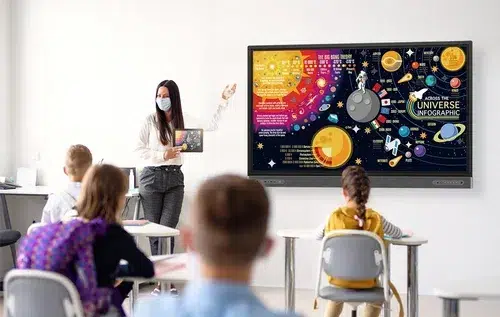
Why It Matters
- Helps identify learning gaps and trends
- Supports personalized learning approaches
- Enhances teacher effectiveness
- Encourages data-informed decision-making
Smart analytics dashboards are becoming a standard feature in most smart classroom solutions UAE educators choose for long-term success.
Security and Privacy Protection
With greater connectivity comes greater responsibility. Educational institutions in the UAE must ensure that all student and teacher data is protected.
Smart classroom solutions should include encrypted communication, secure logins, and compliance with local data privacy regulations.
Why It Matters
- Protects sensitive data and student identities
- Builds trust among students, parents, and faculty
- Ensures regulatory compliance
- Prevents unauthorized access and cyber threats
Security has become just as important as connectivity, especially in classrooms that rely heavily on cloud platforms and interactive whiteboards for education.
FAQs
What are smart classroom solutions?
Technology-enabled setups that enhance teaching and learning using interactive tools, software, and digital content.
Why are UAE institutions adopting smart classrooms?
They improve learning outcomes, support hybrid education, and align with UAE’s digital transformation goals.
What’s the most important feature of a smart classroom?
Interactive flat panel displays with touchscreen capability and built-in teaching tools.
How does content sharing work in a smart classroom?
Students and teachers can wirelessly share screens from laptops, tablets, or phones instantly.
Are smart classrooms suitable for all age groups?
Yes, they’re customizable for early years to university-level learning environments.
Do they support remote learning?
Yes, through video conferencing tools, cloud access, and real-time content sharing.
Is the technology easy for teachers to use?
Smart solutions are user-friendly with intuitive interfaces and minimal training required.
Can lessons be recorded and saved?
Yes, most systems offer screen recording and cloud storage for review and homework.
Are these solutions compatible with existing devices?
Yes, they support multiple platforms like Windows, Android, iOS, and more.
How do UAE schools choose the right system?
They focus on interactivity, ease of use, local support, software compatibility, and scalability.
Conclusion
As UAE’s education sector embraces innovation, the focus has shifted to integrated, tech-enabled classrooms that deliver consistent, engaging, and efficient learning experiences.
Whether it’s through interactive whiteboards for education, LMS integration, or robust analytics, these must-have features define what makes a smart classroom truly “smart.”
Investing in the right smart classroom solutions UAE institutions trust is about more than keeping up with trends — it’s about preparing students for the future and giving teachers the tools they need to succeed.
And with the support of comprehensive digital learning tools, every classroom can become a hub of creativity, collaboration, and excellence.


